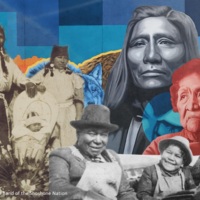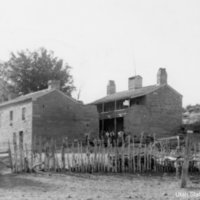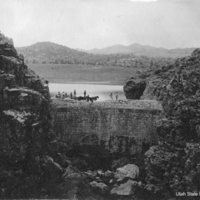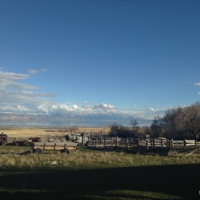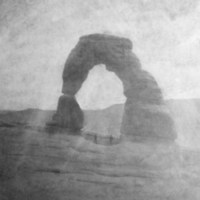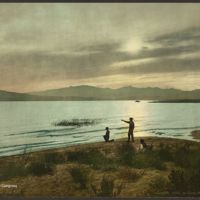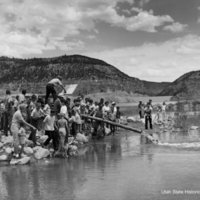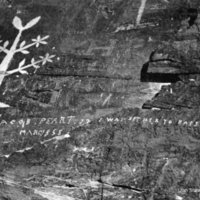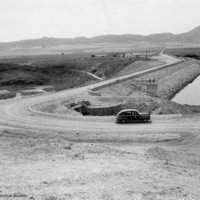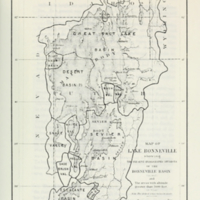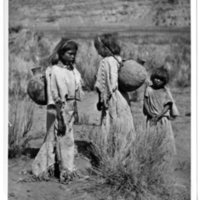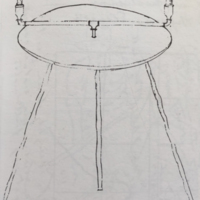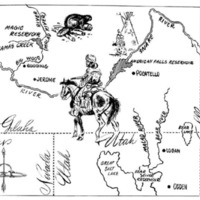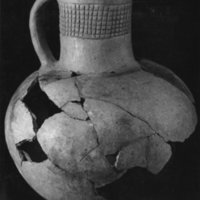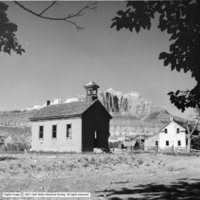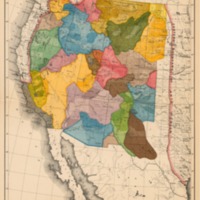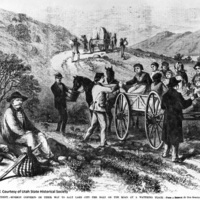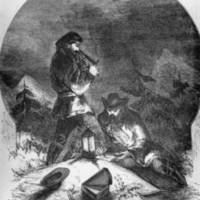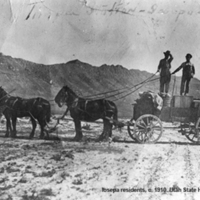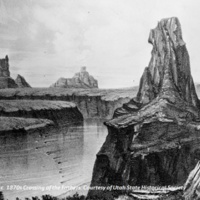Browse Items (34 total)
- Tags: Settlement
Lessons in Resilience
Claiming the Water: Violence in the Desert
Tags: County: Washington, Culture, Date: 1850-1900, Settlement, Water
“The Reservoir Can Go to Hell:” Building & Financing the Enterprise Dam
Tags: County: Washington, Date: 1850-1900, Settlement, Water
Desperate for Water on an Island
Tags: County: Davis, Date: 1850-1900, Settlement, Water
Salt Wash at Wolfe Ranch: Life Before Fame at Delicate Arch
Tags: Agriculture, County: Grand, Date: 1850-1900, Settlement, Tourism, Water
How Carp Took Utah Lake
Tags: County: Utah, Date: 1850-1900, Settlement, Water
Utah Wildlife Management: Trout vs “Trash Fish”
River vs. Colonization: The Mormon Cotton Mission
The Dam that Saved a Town
Tags: County: Cache, Date: 1850-1900, Industry, Settlement, Water
Grove Karl Gilbert and Utah’s Terminal Lakes
Water Right: Just Allocation of a Precious Resource
Tags: Culture, Date: 1850-1900, Date: Pre-1800, Settlement, Water
"Old Scraggen" to the Rescue
Tags: County: Sevier, Date: 1850-1900, Industry, Settlement, Water
Malad: The Poisonous River
Tags: County: Box Elder, Date: 1800-1850, Settlement, Water
Town that Drowned: Big Village at Willard
Tags: County: Box Elder, Date: Pre-1800, Settlement, Water
Water Woes in Grafton
John Wesley Powell's Hydraulic West
Tags: County: Statewide, Date: 1850-1900, Politics, Settlement, Water
"This is the Right Place": Mormon Migration to Utah
John Charles Frémont: Ad Man for Manifest Destiny
Iosepa: An Unlikely Hawaiian Home
Tags: County: Tooele, Culture, Date: 1850-1900, Religion, Settlement, Water
The Crossing of the Fathers
Tags: County: Kane, Date: Pre-1800, Exploration, Land, Settlement, Water

